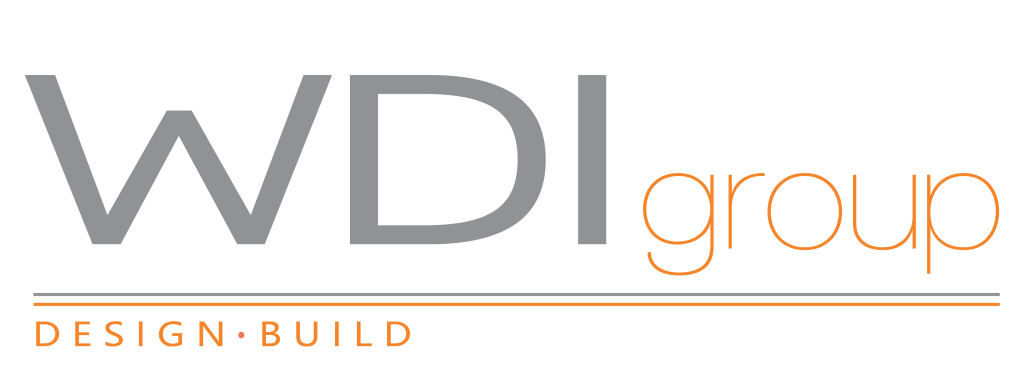The Hybrid Work Model: Redefining the Modern Workplace
The hybrid work model is rapidly reshaping the workplace experience—and it’s here to stay. Sparked by the global pandemic, this shift has shown that with the right technology, leadership, and mindset, employees can remain highly productive while working across both in-office and remote environments. Today’s workforce is driving change, with flexibility, autonomy, and inclusion taking center stage.
More Than a Trend: The Hybrid Work Model in Action
The past few years have taught organizations invaluable lessons. From digital communication breakthroughs to empathy-driven leadership, companies are realizing that the workplace is no longer about ping-pong tables or snack bars—it’s about creating a meaningful and inclusive environment, wherever work happens.
At the heart of the hybrid work model is trust. Empowering teams to work independently while aligning with business objectives requires letting go of outdated, top-down management styles. This “Workplace Revolution” is eliminating unnecessary hierarchies and putting employees in the driver’s seat.
Flatter Structures, Greater Productivity
Traditional management approaches—built on micromanagement and physical oversight—are no longer effective. The hybrid work model has exposed inefficiencies in middle management and highlighted the power of leaner, flatter organizations. When employees are trusted to manage their own workloads, productivity increases, and collaboration becomes more organic across departments.
Companies that embrace this model are finding that giving teams ownership over their tasks not only boosts morale but also enhances innovation. Flattening leadership structures allows for more direct communication, faster decision-making, and stronger engagement at all levels.

Shifting Mindsets: Work is an Activity, Not a Place
As Nicola Harris, Global Principal People and Culture at Unispace, puts it: “The real difference is mindset – management needs to understand that work is an activity, not a place.” This simple but powerful shift is fueling the adoption of hybrid strategies and allowing employees to work where and how they’re most effective.
In this new model, offices are no longer daily destinations. Instead, they’re being reimagined as community hubs—spaces for collaboration, connection, and culture-building, while the day-to-day focus work happens remotely.
Employee Experience Meets Digital Innovation
Just as companies aim to create seamless, personalized experiences for customers, the same care must now go into the employee journey. From recruitment to retention, workers expect digital tools and processes that support their needs—wherever they are. Hybrid work gives employers the chance to build more engaging, meaningful interactions using tech and data-driven insights.
Organizations that fail to evolve the employee experience risk falling behind. Workers want to feel connected, empowered, and supported—whether they’re in the office or working remotely. Creating a strong hybrid work culture is key to attracting and retaining top talent.
Flexibility as a Foundation
One of the core pillars of a successful hybrid work model is flexibility. In today’s always-on world, a rigid 9–5 structure no longer makes sense. Whether employees are managing teams across time zones, adjusting to seasonal workloads, or juggling family responsibilities, flexible schedules are essential.
The past year revealed the human side of the workforce—parents managing remote learning, people caring for loved ones, and employees balancing burnout with productivity. Businesses that offer flexibility build loyalty, reduce turnover, and create healthier work environments.
Evolving Leadership in a Hybrid World
Leadership in the hybrid work model is about more than just hitting performance metrics. Today’s leaders are expected to protect company culture, support well-being, and guide teams with empathy. Managers are connecting with employees on a deeper level, focusing on “soft” skills and prioritizing mental health alongside productivity.
Training future leaders for this new reality means rethinking development programs, investing in emotional intelligence, and embracing a more human-centered leadership style.
Nicola Harris, Global Principal People and Culture at Unispace explains that, “The real difference is mindset – management needs to understand that work is an activity, not a place. We need to put more trust in teams to carry out the tasks they are responsible for, no matter where they do them.”
Unlocking Talent Without Borders
One of the most exciting benefits of the hybrid work model is access to limitless talent. By removing geographic constraints, companies can now tap into diverse, global talent pools. This leads to more creative thinking, inclusive teams, and new perspectives that strengthen innovation.
No longer limited to major cities or corporate hubs, businesses can hire top-tier talent from anywhere—creating more equitable opportunities for individuals in underserved or remote communities.
The Future Is Hybrid
The hybrid work model has done more than change where we work—it’s changing how we work, lead, and connect. It’s a chance for employers to design workplace experiences that are both human and high-performing.
As we move forward, success will come to those who embrace the flexibility, trust, and innovation that the hybrid model makes possible. The future of work isn’t about returning to the way things were—it’s about building something better.

